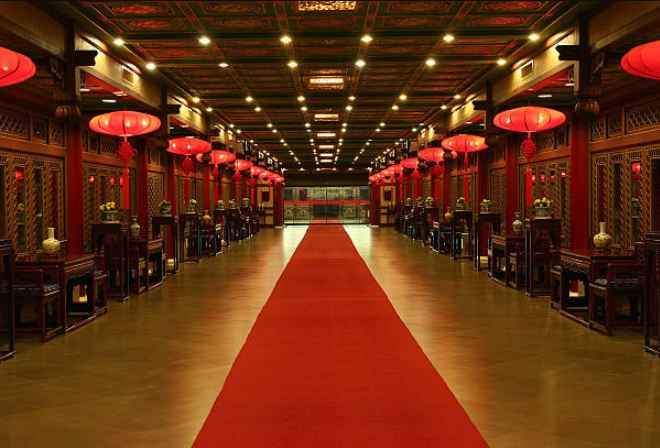It is not just the story of the history of weaving carpets. The tale of Imperial Ming Carpets has a reflection of the glorious era and the classical age embedded in it.
For many, the name of Imperial Ming Carpets passes a chilling sensation through the veins, and for others, the entire story will be heard for the first time.
Imperial Ming carpets are no more available in the carpet stores and neither carpet manufacturers dare to weave these high-density huge carpets spun on the extravagance of colors and endeavor of designs.
Had they been species like dinosaurs, then readily the tale would have focused on the extinct species or the lost life.
As Imperial Ming carpets are after all man-made things, such terms like extinction won’t go with it. Therefore it is regarded as something very antique and highly valuable.
The present status of the Imperial Ming carpets shows that a very few have been restored in the personal collection but most that could have been recovered have been kept in the textile museums, like the Textile Museum of Washington, DC.
Where were these Imperial Ming carpets originally weaved? Carpet weavers of China were the masterminds behind this innovative creation.
The famous traditional dragons deeply rooted in the Chinese culture also paved the path for designing patterns of the Imperial Ming carpets.
Though the carpet weaving practice in China dated back to at least two-thousand years back, the age of Imperial Ming carpets is not more than a thousand years.
The landmark of the Classical Age of the Chinese weaving tradition is symbolized by the Imperial Ming carpet. To be more specific it is around the fourteenth century that the Ming carpets were first made.
Beijing became the center for this carpet designing and weaving. The Royal Palaces of this city were floored by the Imperial Ming carpets sometime around the sixteenth century.
The weaving pattern of these carpets had a particular emphasis on thickness and density. So the raw fibers of the knotted piles were generally derived out from the natural wool of sheep. Even the use of silken warps and wefts made of cotton were in plenty.
The designs portrayed the legendary tales of Chinese Dynasty and revolved around the classical era.
The Imperial paintings were transcribed into the carpet floors. One such classic example is the Hongwu Emperors portrait, which shows the Imperial Ming carpet on the central floor.
The design of this Ming carpet is encircled by floral decorations on all sides in the form of small compartments.
Another such design of the Ming carpet was seen on the Kangxi Emperors portrait.
This figure had another impression of intellect as he was shown working at his study table and the carpet on which the desk was placed was an Imperial Ming carpet in the traditional dragon style engraved on royal red.
Red formed the center of attraction in the Imperial Ming carpets. Those which are still kept safely in the museums mostly come in this color.
The rest which we can see in the royal paintings or portraits are also mostly of the same color. Just as a majestic icon, a carpet can form holding the esteem of a particular culture and tradition is worth research.
And today textile designers across the globe are spinning great research works on this royal carpet.

